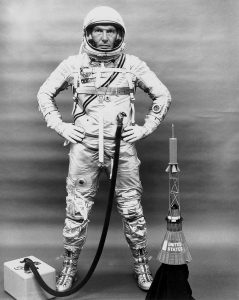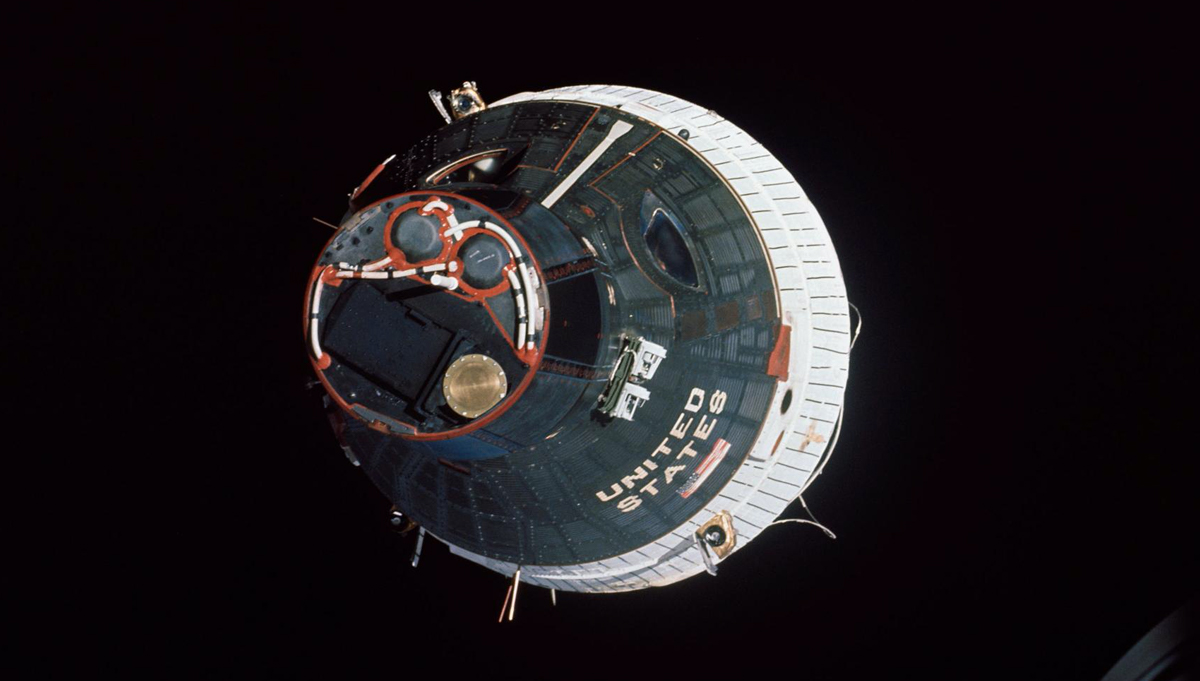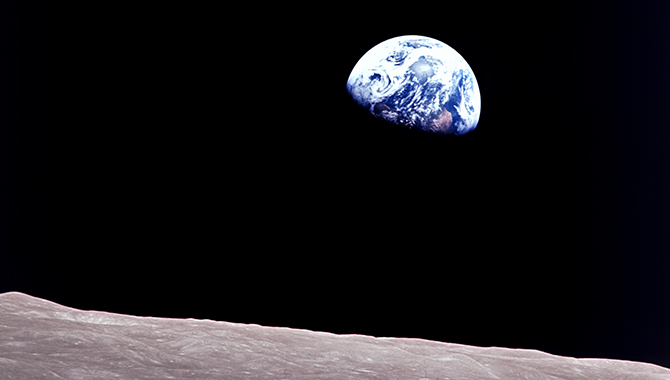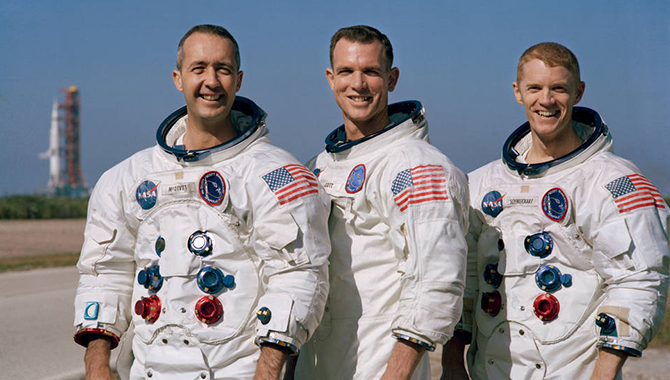
NASA Astronaut Walter Schirra in his Mercury flight suit.
Credit: NASA
Schirra’s “textbook mission” sets the stage for longer spaceflights to come.
The year 1962 was a busy one for the U.S. space program. The U.S. still trailed the Soviet Union’s space program but was quickly gaining ground, thanks to the new Atlas LV-3B rocket, which provided a combined 422,785 lbf of thrust from the first stage and boosters. The major milestone of the year came early, on February 20, 1962, when John H. Glenn became the first American to orbit the Earth, his Mercury capsule powered by the Atlas LV-3B.
Scott Carpenter was next in space that year, launching on May 24, 1962, on a 4-hour and 39-minute flight in which he orbited the Earth three times. On October 3, 1962—58 years ago this month—Walter M. “Wally” Schirra, Jr. became the fifth American in space, and the third in space in 1962, with the launch of Mercury-Atlas 8.
Schirra was one of the Original Seven, coming to NASA from the U.S. Navy, where he was a pilot. During the Korean War he flew 90 combat missions, primarily in the Republic F-84E Thunderjet. After the war, he was a test pilot working on the development of the Sidewinder missile at the Naval Ordinance Test Station at China Lake, California, once narrowly evading an errant missile with his exceptional flying skills.
“I would say I was a truly committed flyboy,” Schirra recalled in an oral history. “A test pilot. I’d had combat experience. … I came from a flying family. I was very intent about it. One of the things I learned at the Naval Academy was the word commitment.”
Schirra was initially conflicted about joining the space program. He was successfully working toward his goal of becoming a commander in the U.S. Navy, but understood NASA was offering an opportunity to go higher, farther, and faster than humans had ever flown. So, on a bright Wednesday in early October 1962, Schirra had traded wings for a rocket and was strapped into the small Mercury capsule, trying to stay cool.
“That [spacesuit] was unreal. If you can imagine spending a million dollars for a suit with only one pair of pants,” Schirra joked. The suit was equipped with a heat exchanger system that employed coolant to keep the astronauts as comfortable as possible. “If you ran it too fast, you’d freeze,” Schirra recalled. “If you ran it too slow, you’d get hot. So, I was sneaking up on the right setting. By the end of the first orbit I said, ‘I’m fine. Let’s go.’ ”
Schirra had been Donald K. (Deke) Slayton’s backup pilot for Mercury-Atlas 7. But when Slayton was grounded with a heart condition, Carpenter was chosen over Schirra because he had more hours of training at the time. Mercury-Atlas 8 was the longest mission NASA had attempted at that time, orbiting the Earth six times in 9 hours and 13 minutes. The capsule reached a peak speed of 17,557 miles per hour and peaked at an altitude of 175 statute miles.
“Well, I think probably the best part of my Mercury mission was naming it Sigma 7,” Schirra recalled, of the term that symbolizes engineering precision. “Not a fancy name like Freedom or Faith or Aurora. Not that I didn’t appreciate those names. But I wanted to prove that it was a team of people working together to make this vehicle go.”
The mission provided NASA with validation of the spacecraft’s performance over a much longer flight, while also providing data about what longer exposure to microgravity did to the human body. Schirra, who advocated early in the design process for a spacecraft that could be controlled manually as well as automatically, spent more than two hours of the nine-hour and 13-minute flight drifting in orbit on manual control.
Schirra noted that both Glenn and Carpenter had run low of attitude control fuel. “That kind of shook me up, because there’s no reason to do that. So, I went to great lengths to drift… And as a result, I ended up, I think, about retrofire, [with almost] 80 percent of my attitude fuel … remaining,” Schirra said.

Close-up view of Mercury-Atlas 8 (MA-8) astronaut Walter Schirra Jr. being removed from his Sigma 7 capsule by Navy personnel. Credit: NASA
Mercury-Atlas 8 demonstrated to NASA that the much longer flights planned for Project Gemini were easily within reach. With the larger, more capable Gemini capsule already in development, there would be only one more Mercury mission—Mercury-Atlas 9. In that mission, astronaut Leroy Gordon Cooper, Jr. lifted off on May 15, 1963 on a 22-orbit mission that lasted one day, 10 hours, and 19 minutes.
Mercury-Atlas 8 splashed down in the central Pacific Ocean just half a mile from the aircraft carrier USS Kearsarge. Schirra remained inside the capsule during the retrieval and engaged the capsule’s explosive escape hatch on the ship’s deck. The bruise he received on his hand from the move served as proof that his fellow astronaut and next-door neighbor Virgil I. “Gus” Grissom hadn’t manually detonated the explosive hatch that led to the sinking of the Mercury-Redstone 4 capsule. Grissom had no bruise on his hand.
Schirra went on to command Gemini 6A, the first mission to include a rendezvous in space—a maneuver that would be crucial to the success of the Apollo Program. Later Schirra delivered a perfect mission as the commander of Apollo 7, which helped NASA recover from the tragic loss of the Apollo 1 crew.
“… When we lost Gus on the pad, suddenly I had the first [Apollo capsule] Block II flight. I realized this is not very nice. I’m taking over a mission that my buddy was not able to fly. That was a tough, tough one. So, with that, we went through a lot of trauma. … Gus would be the first person to say, ‘Let’s get on with it. Do good work.’ And that was the kind of attitude I had going into Apollo.”










